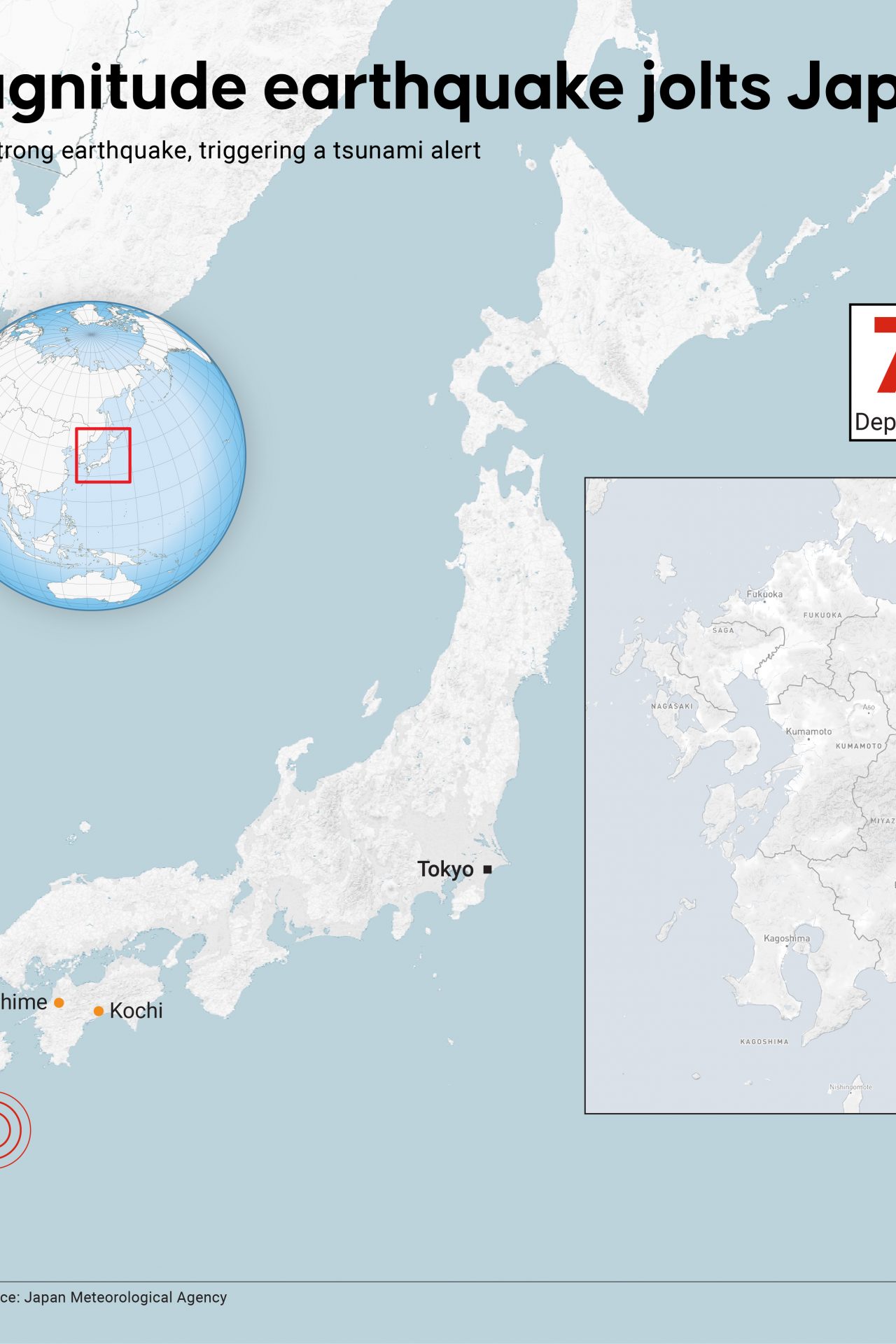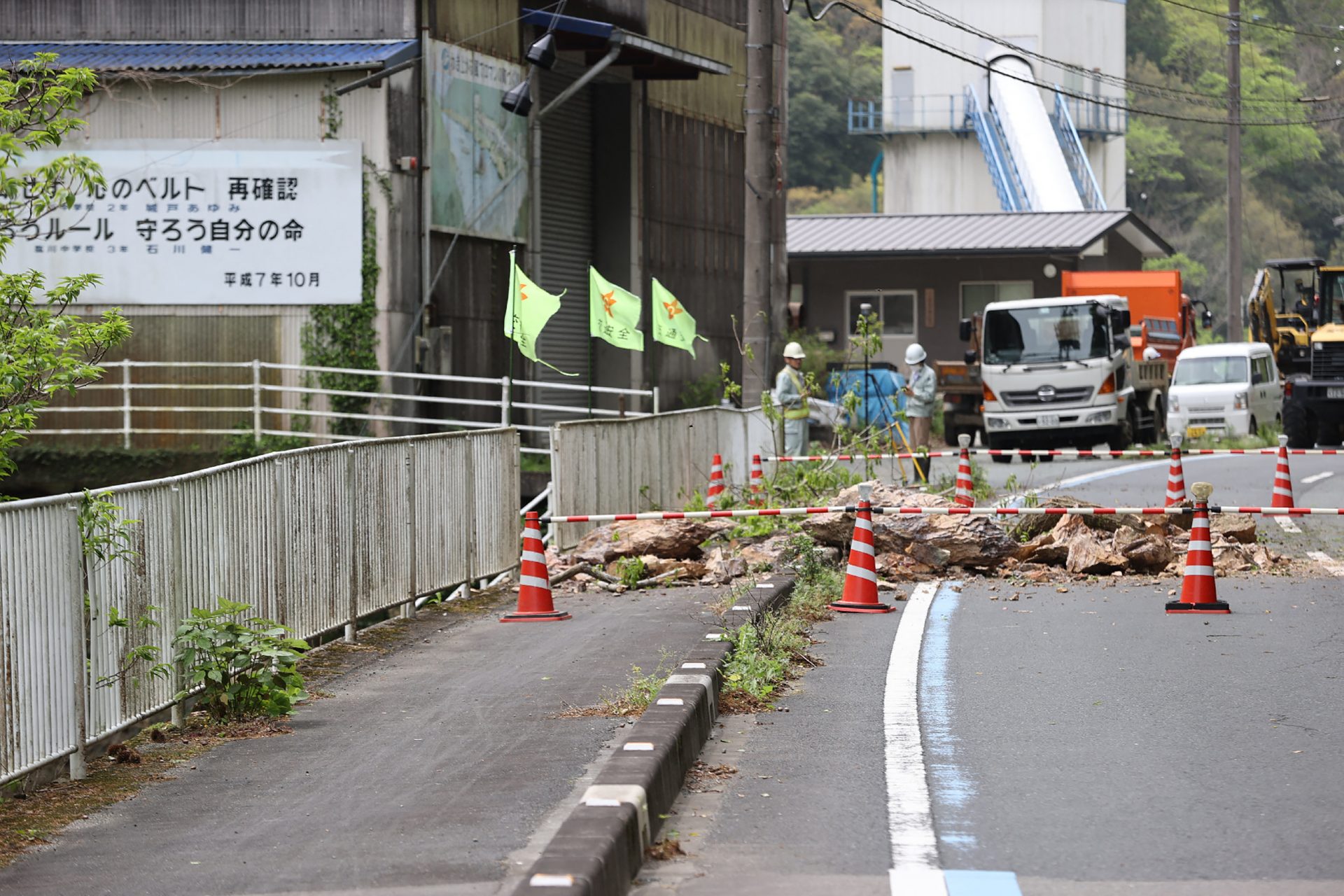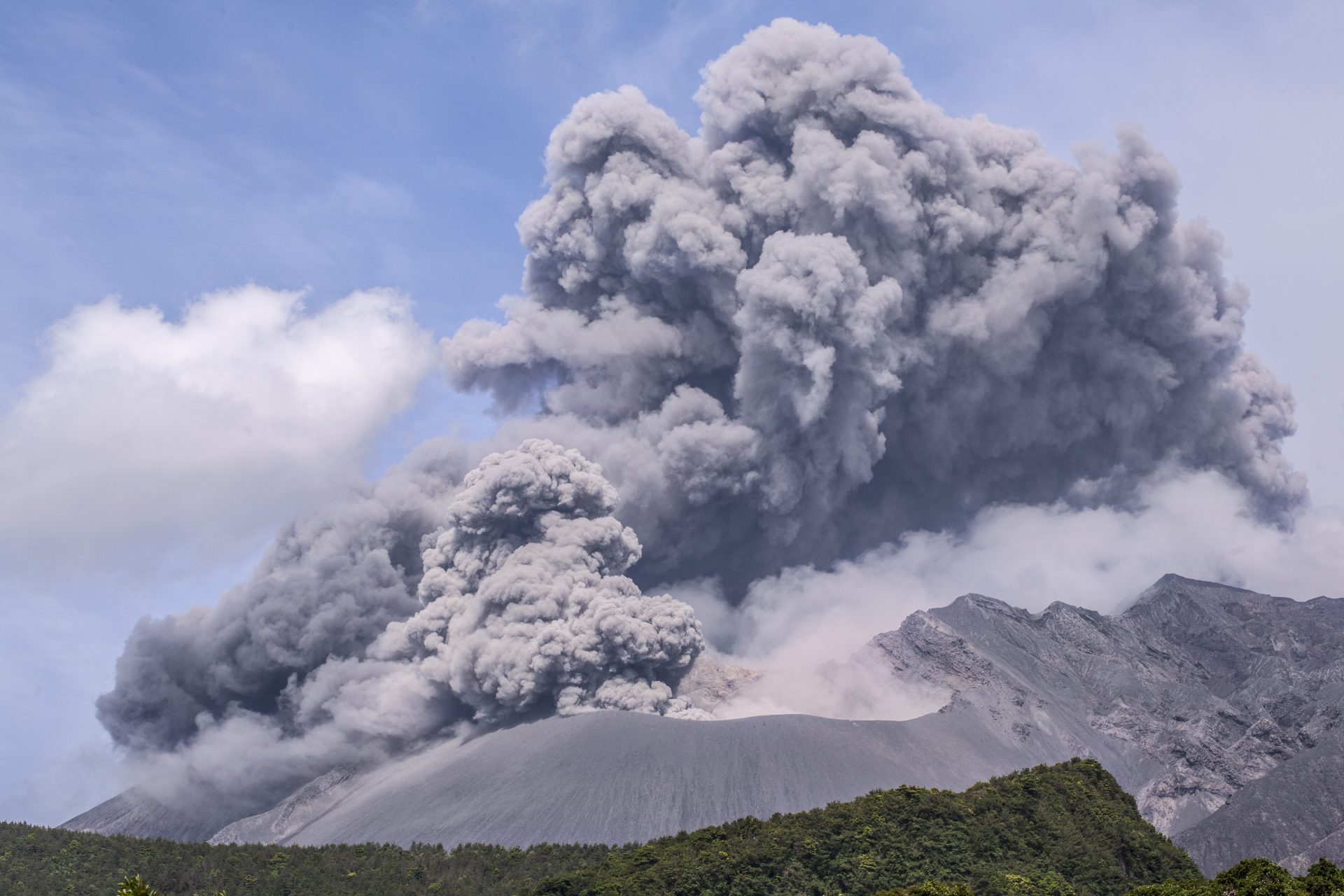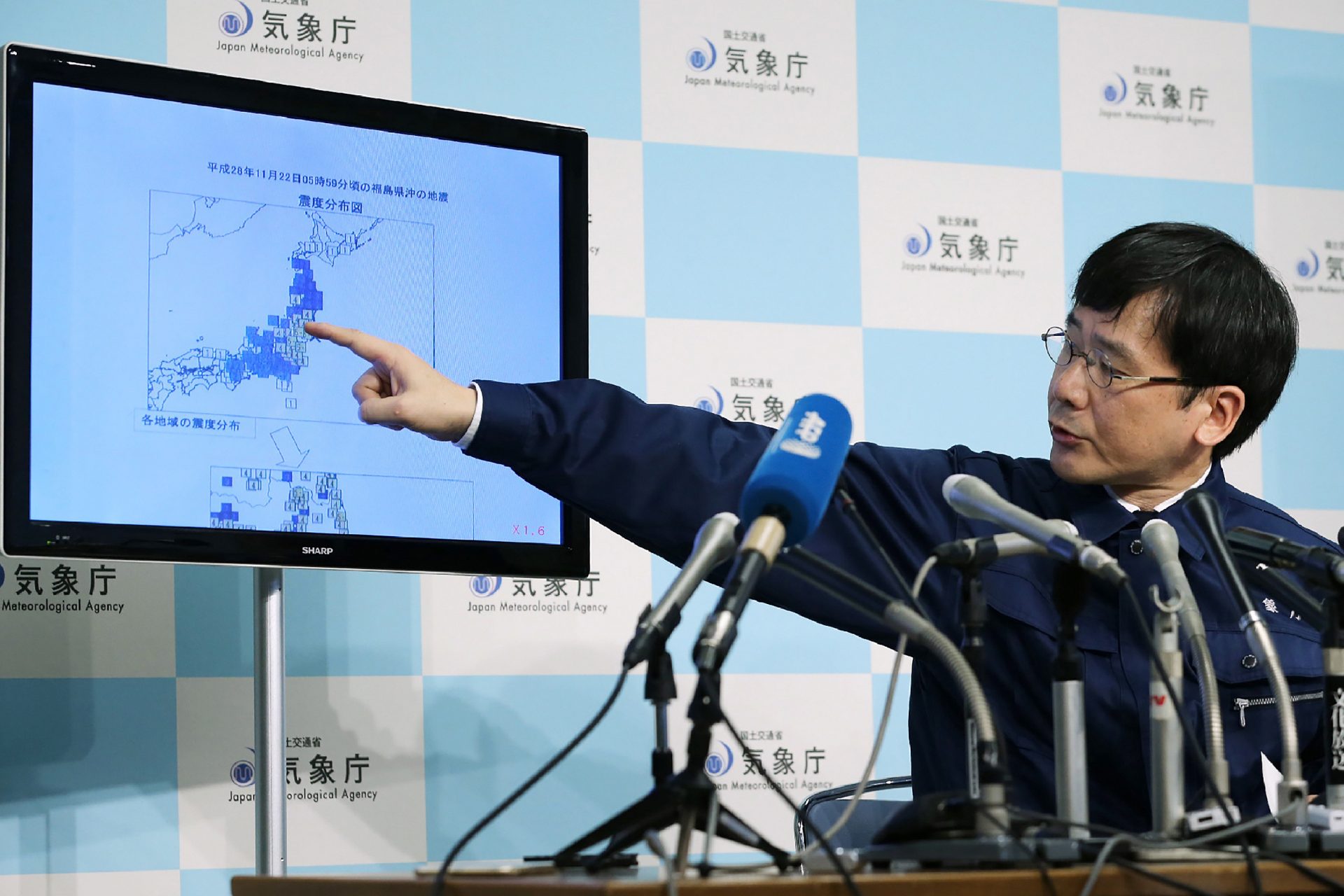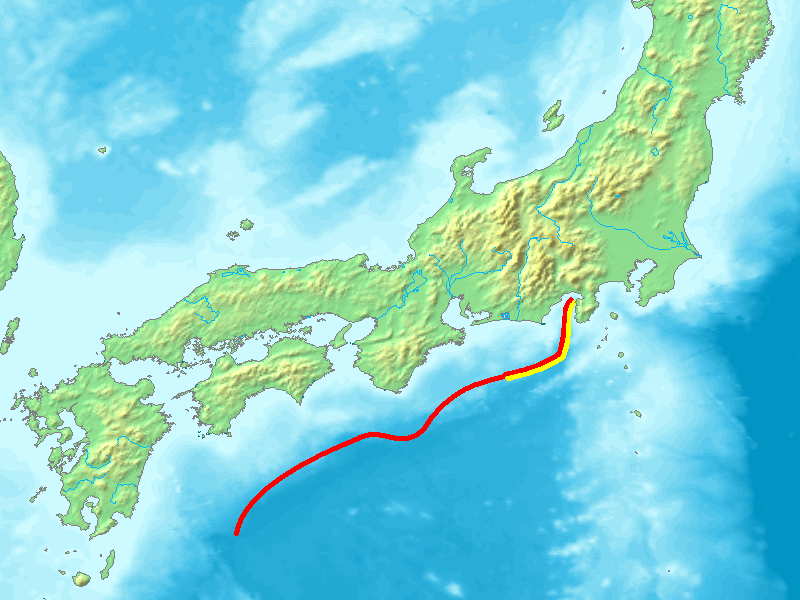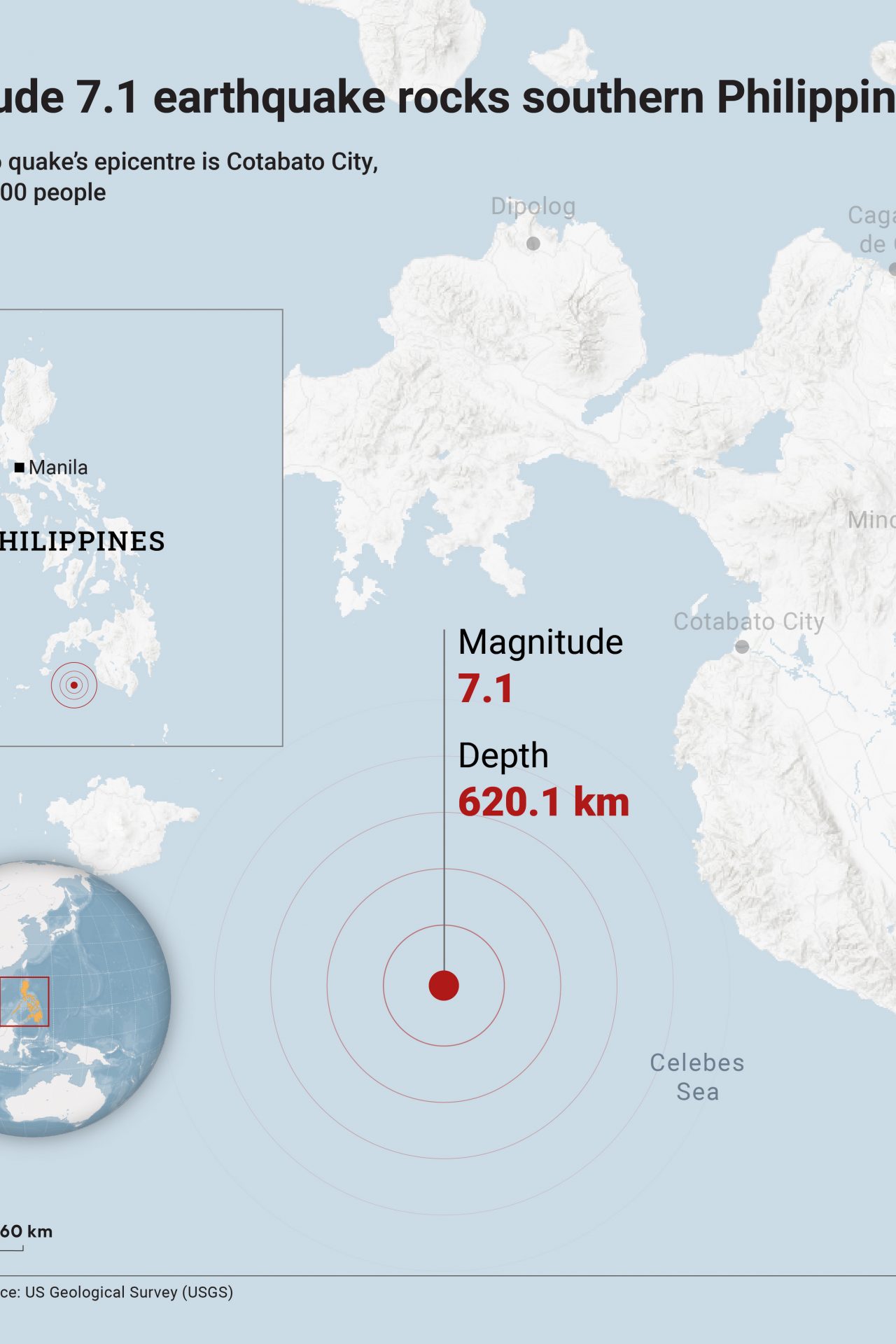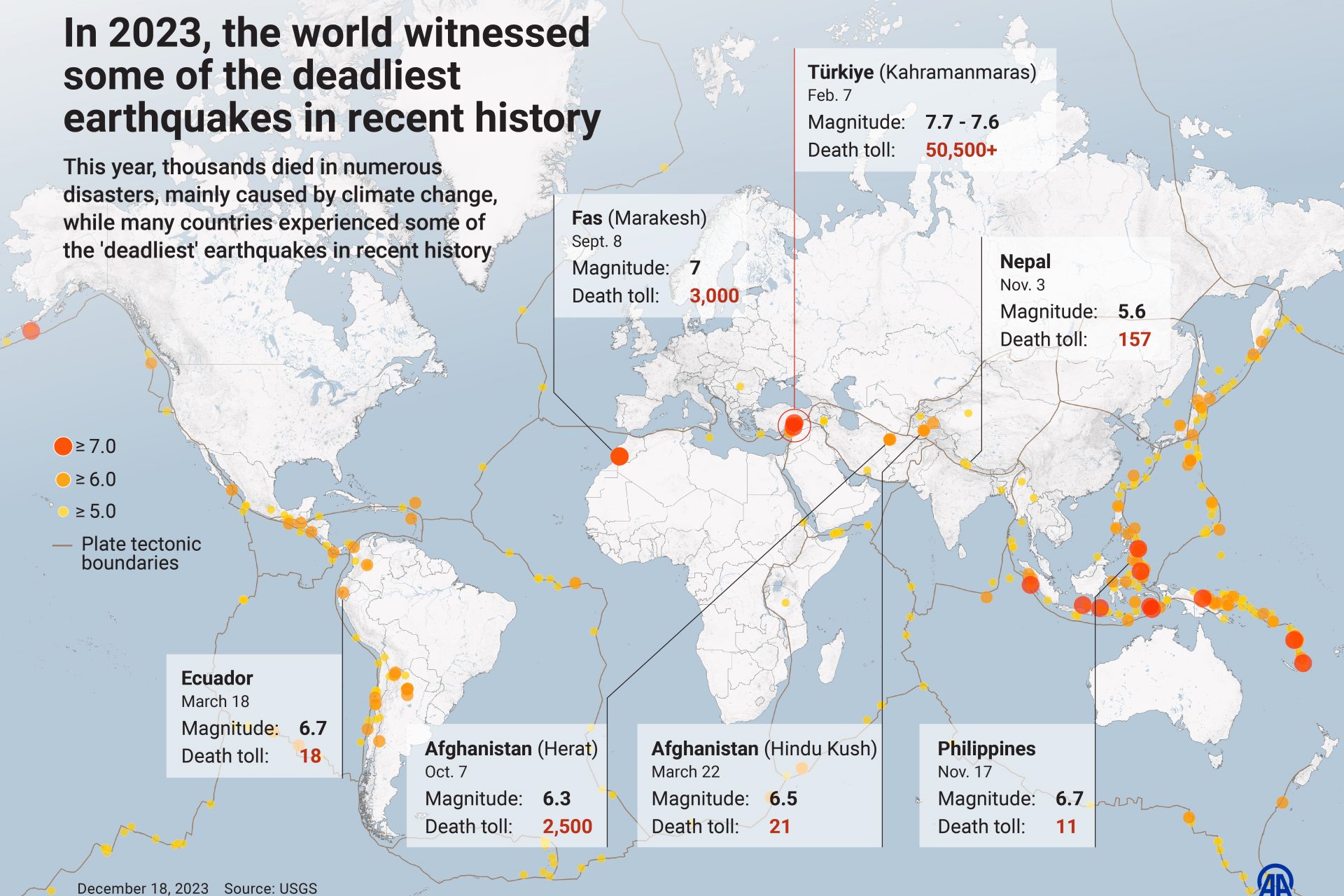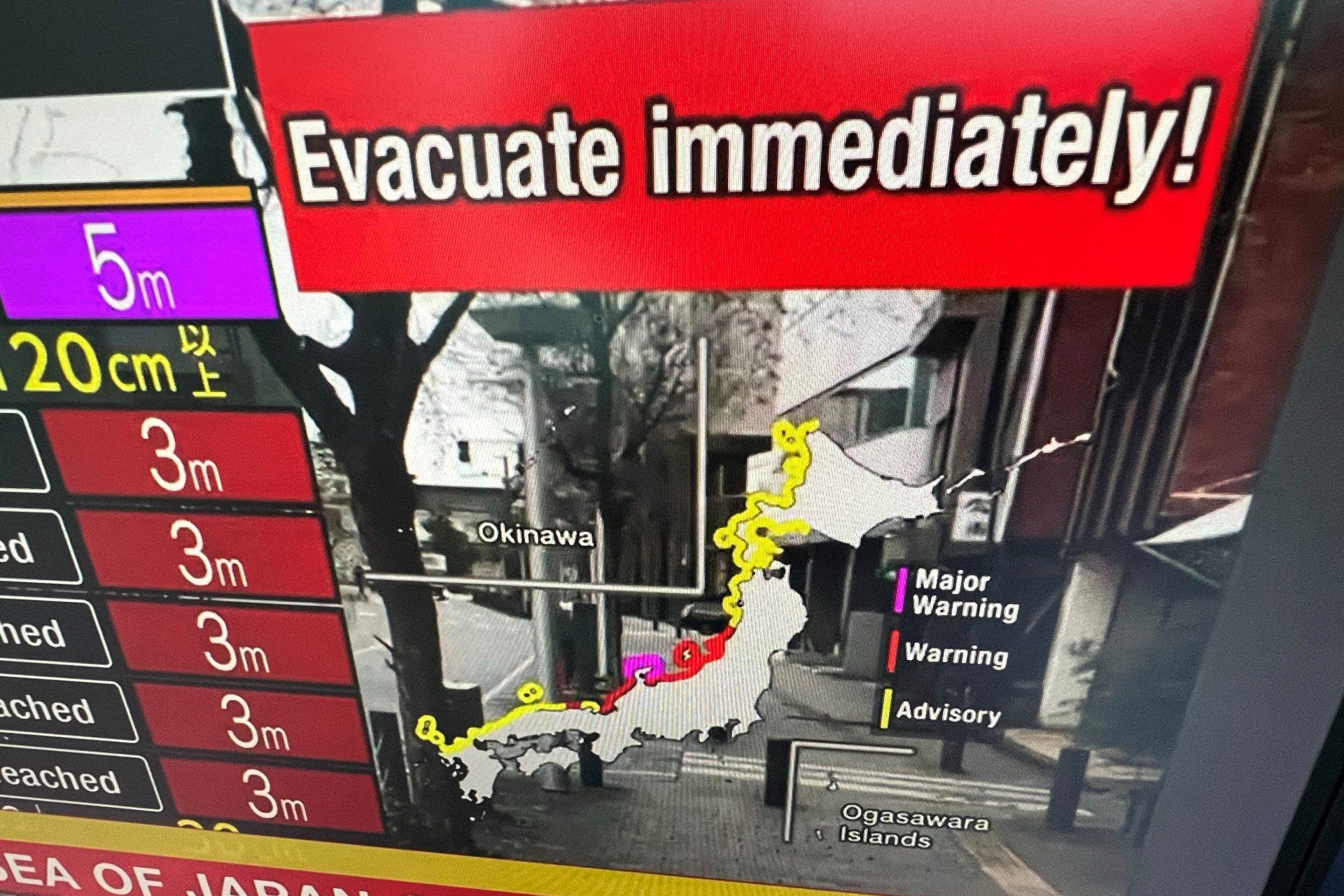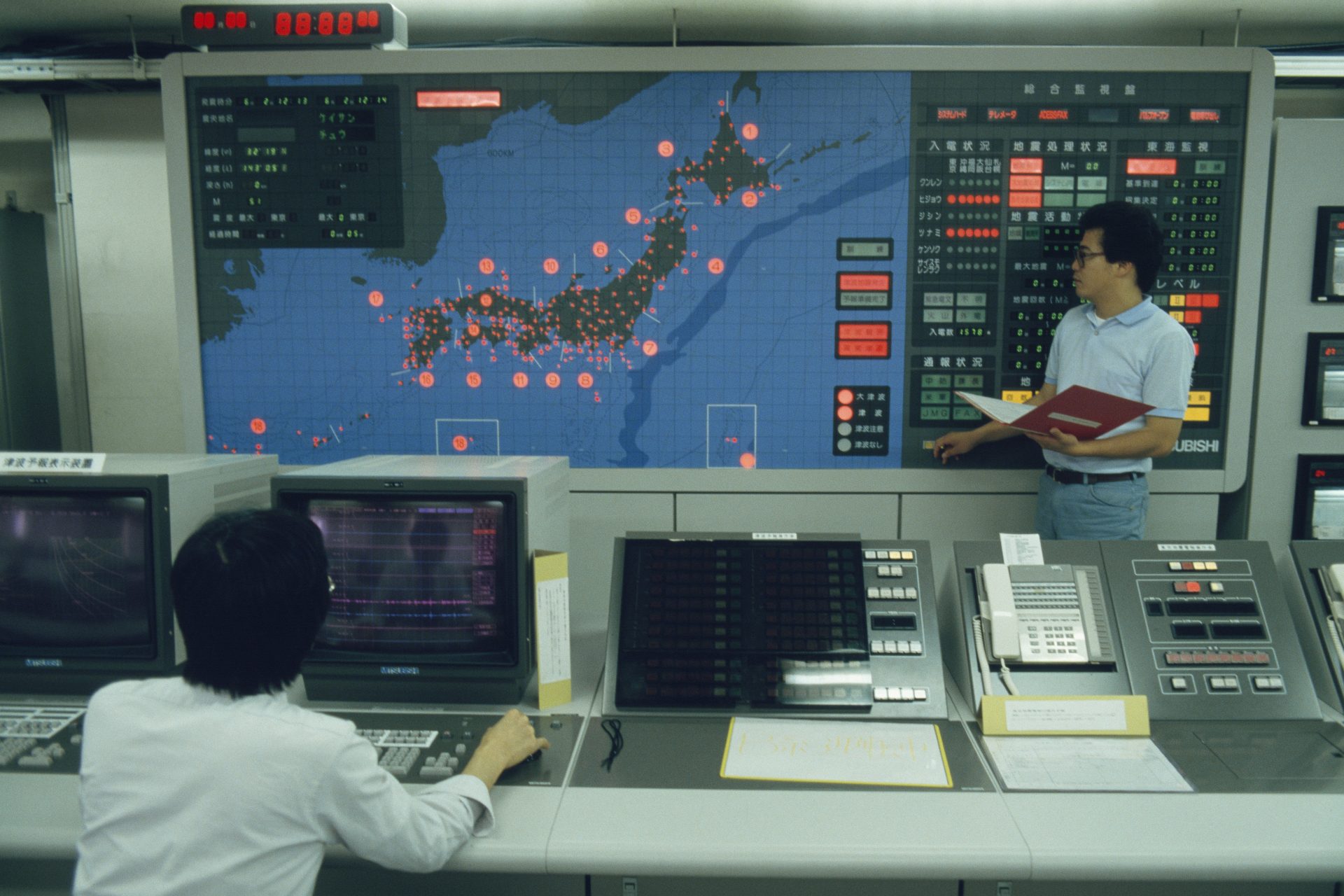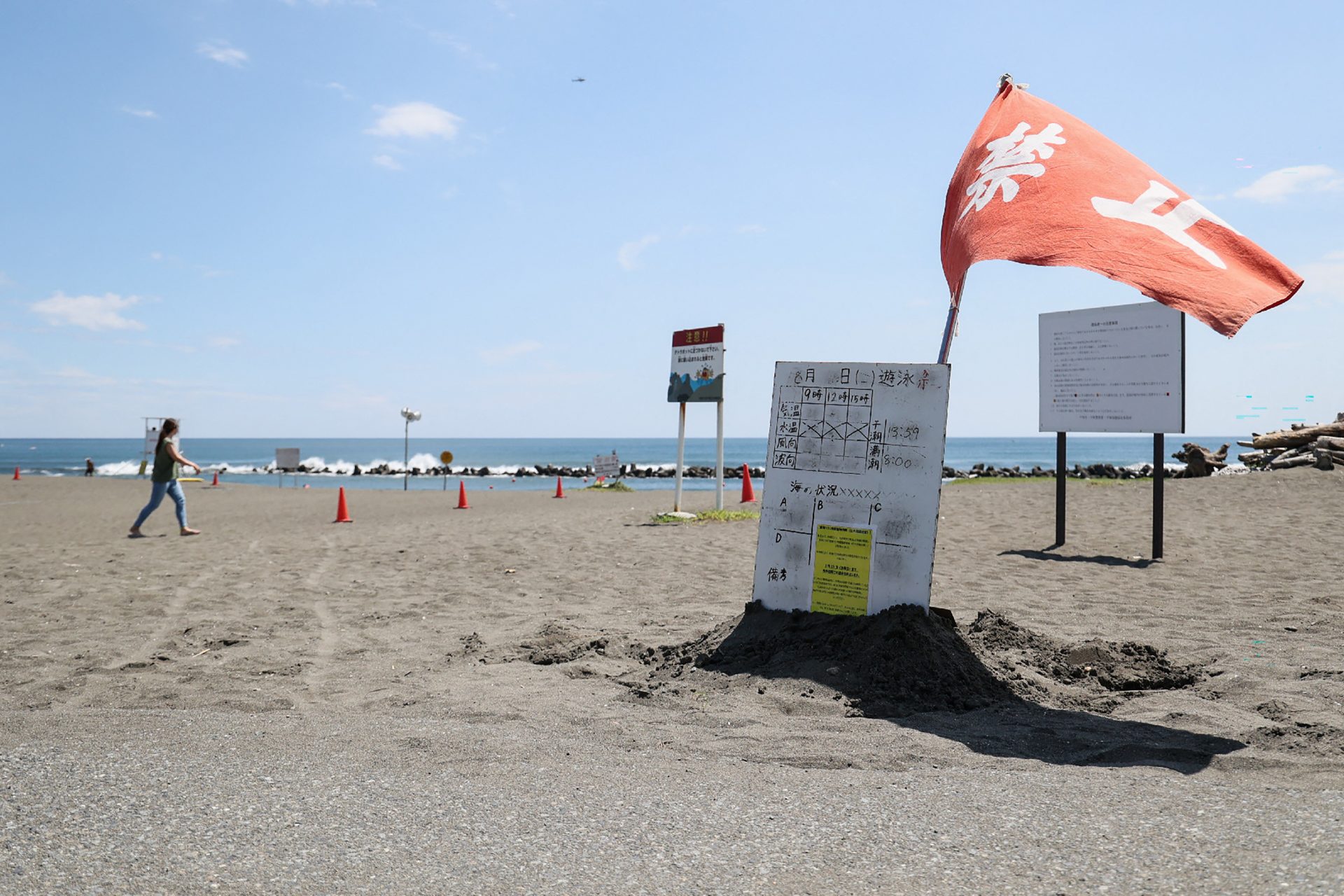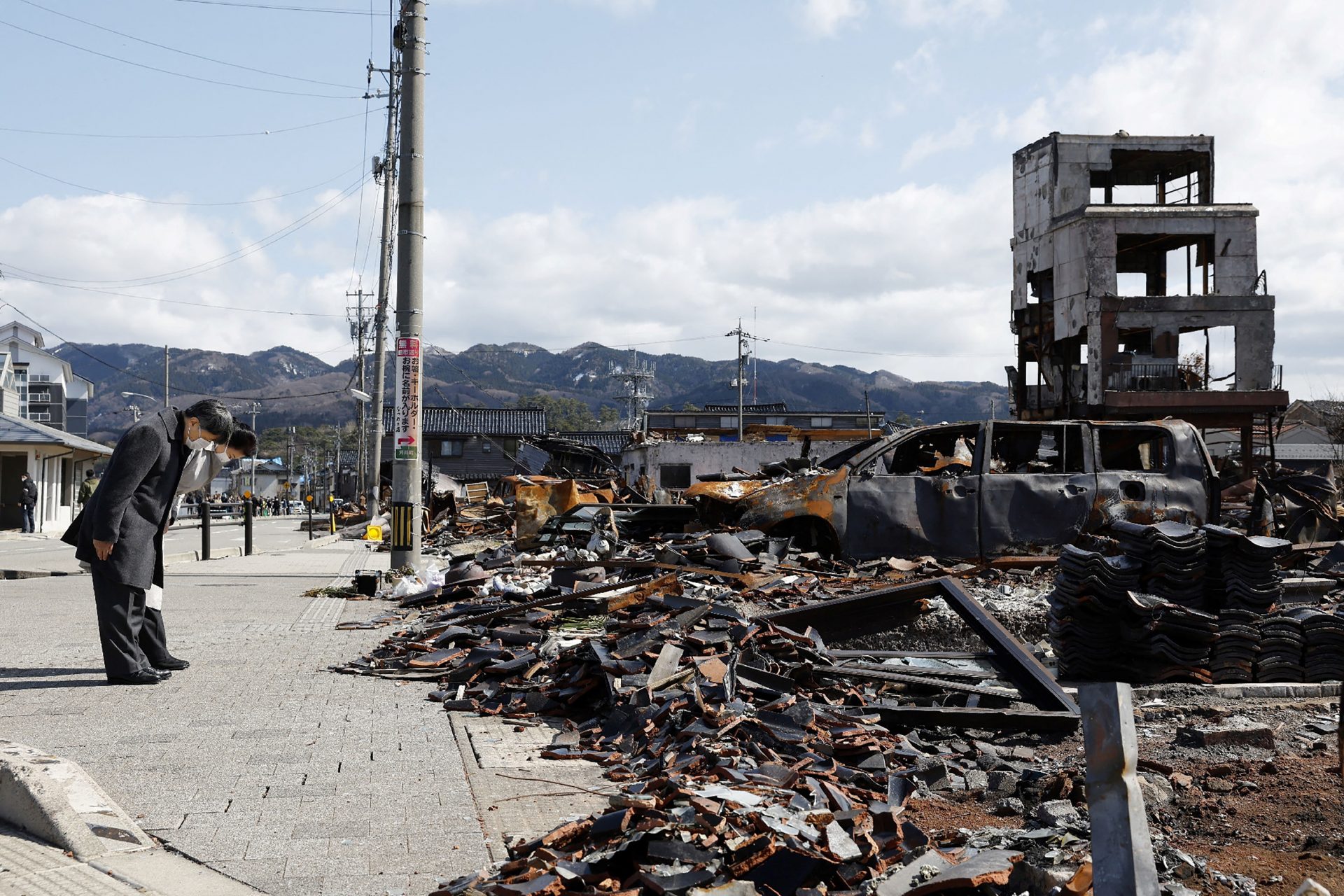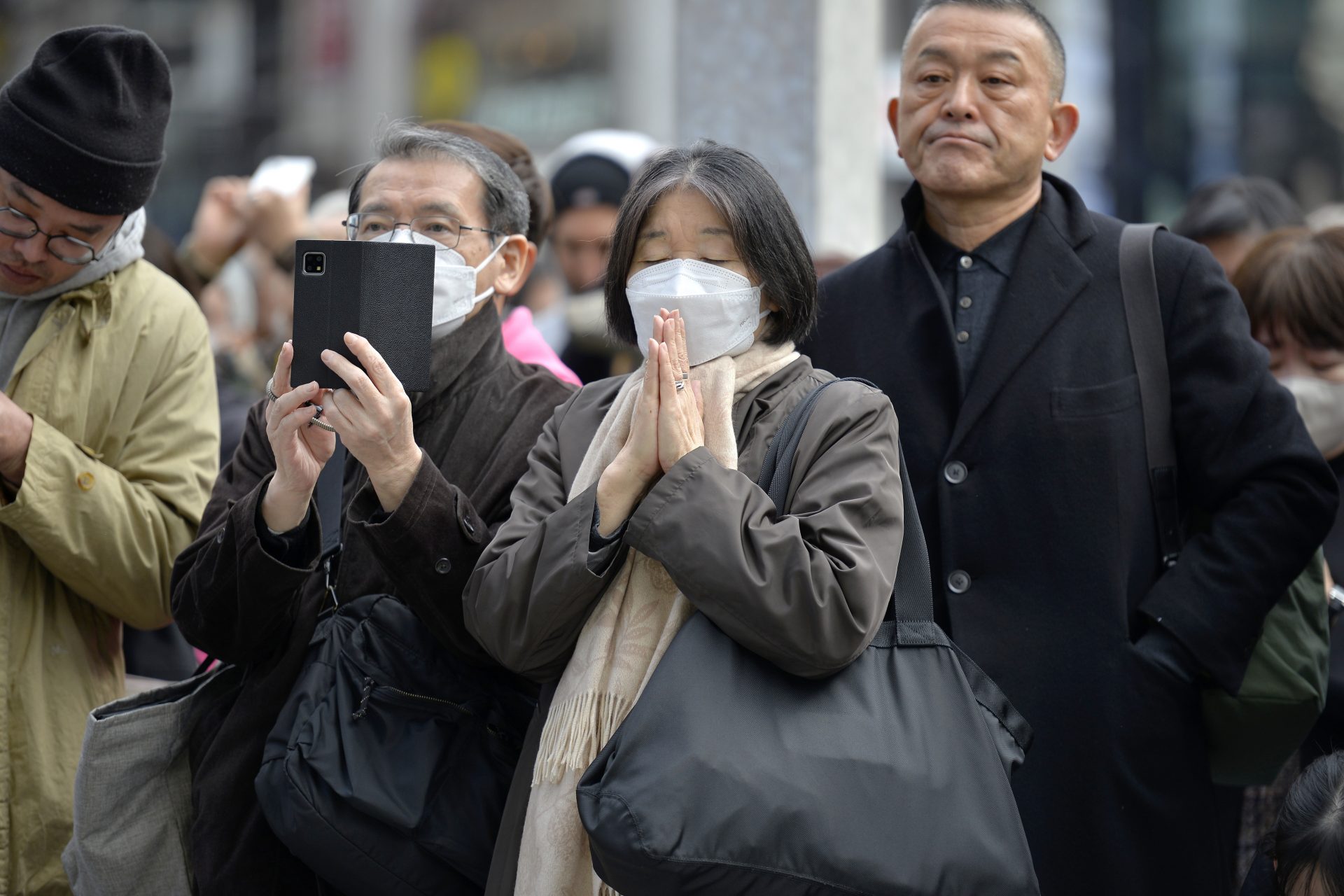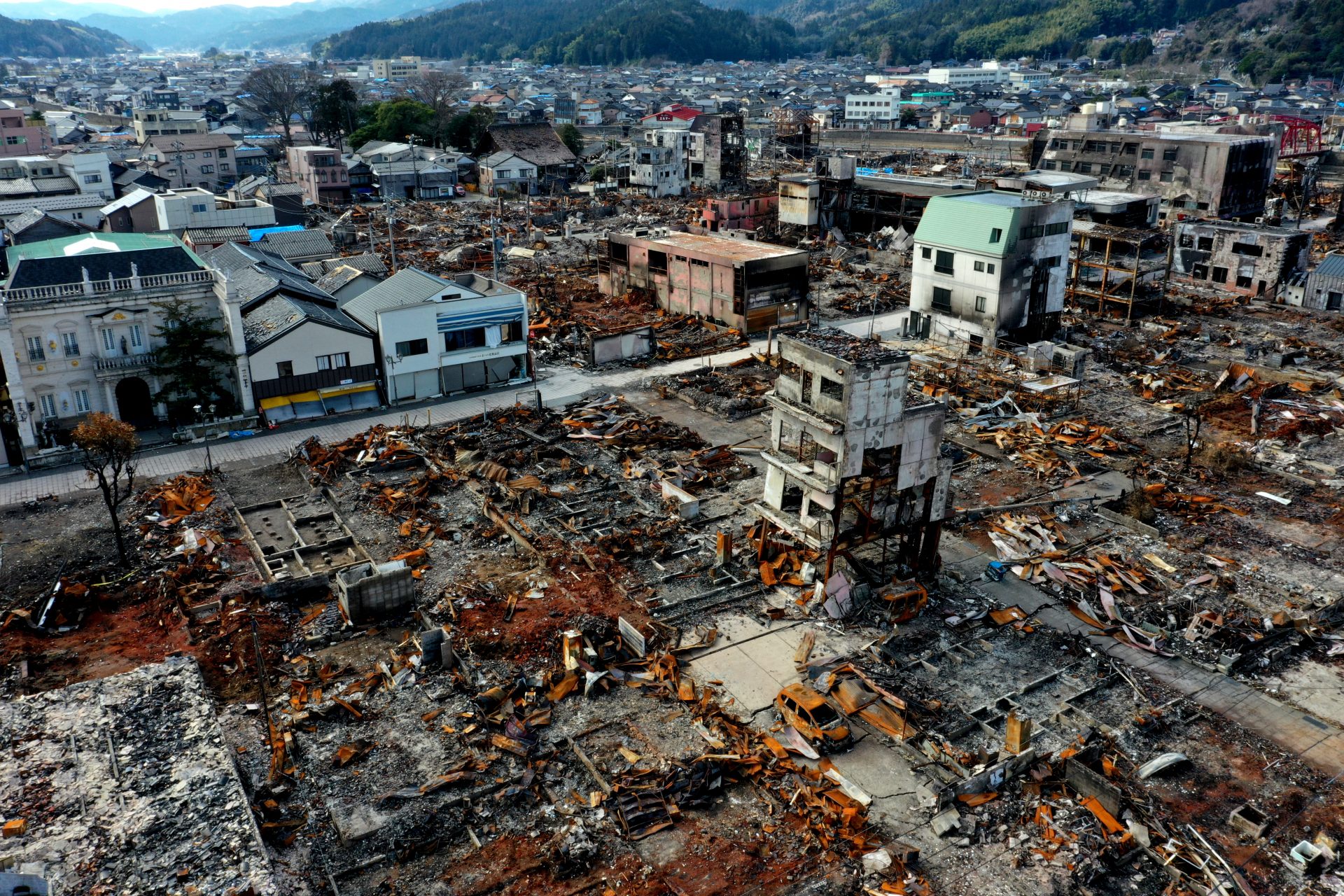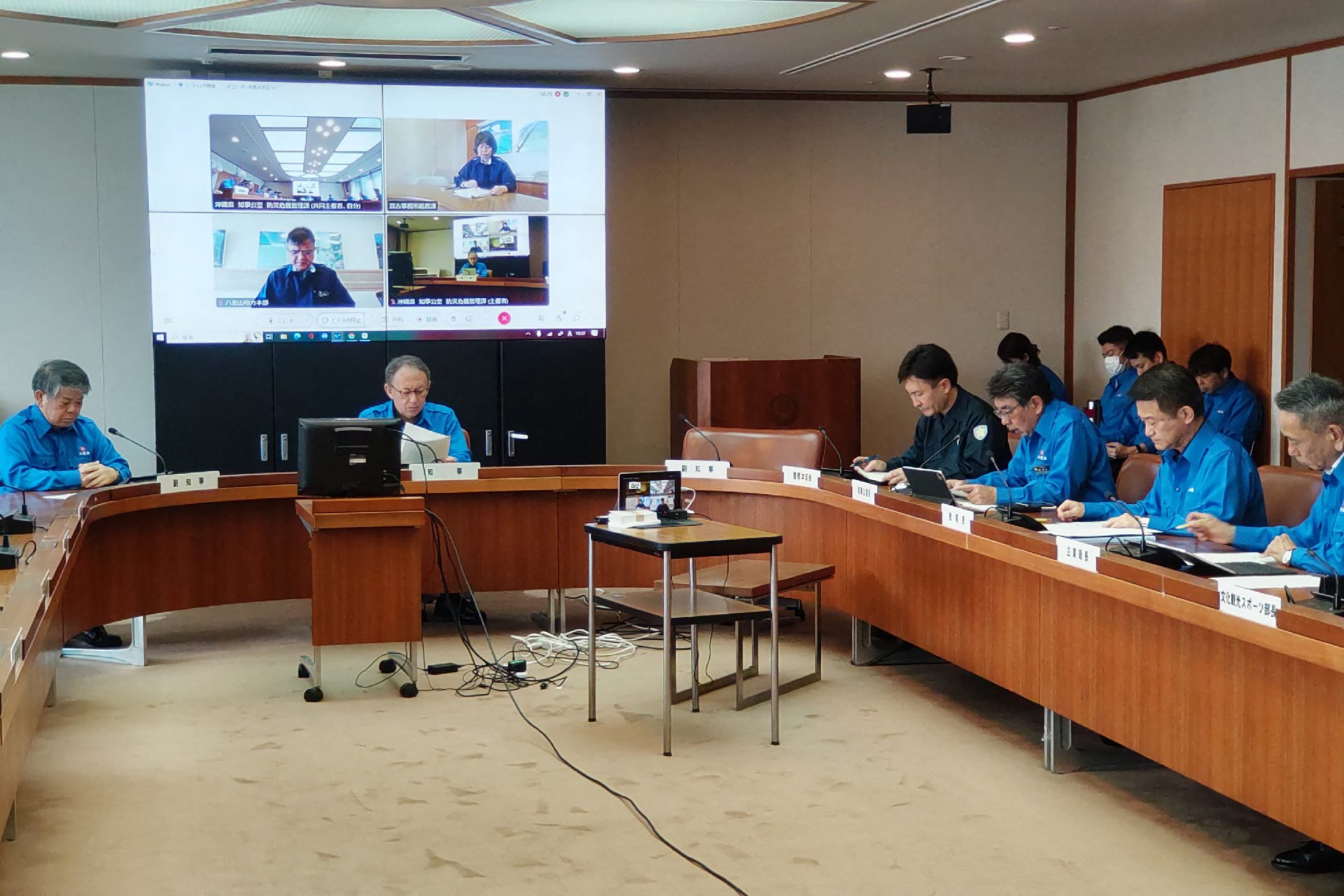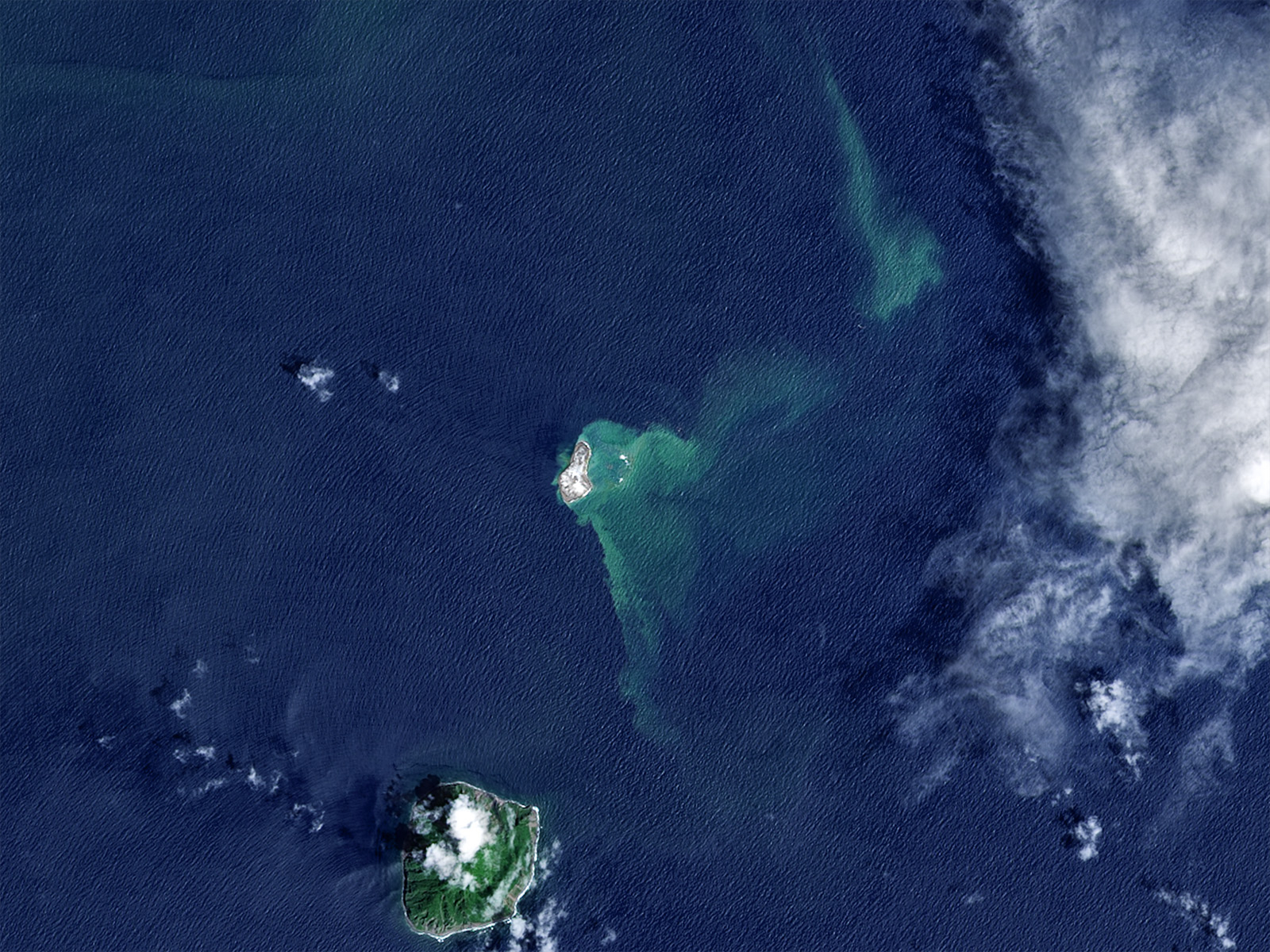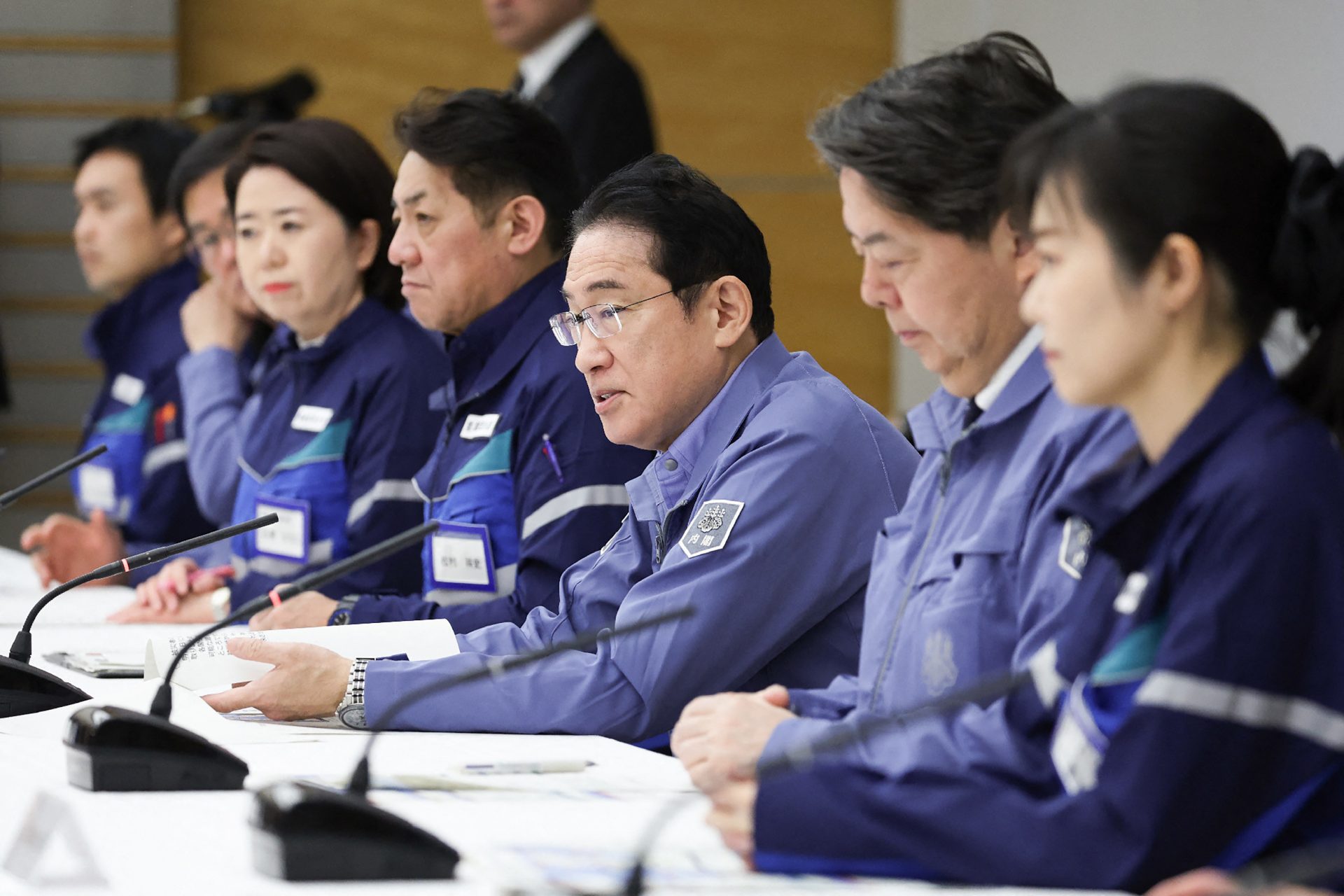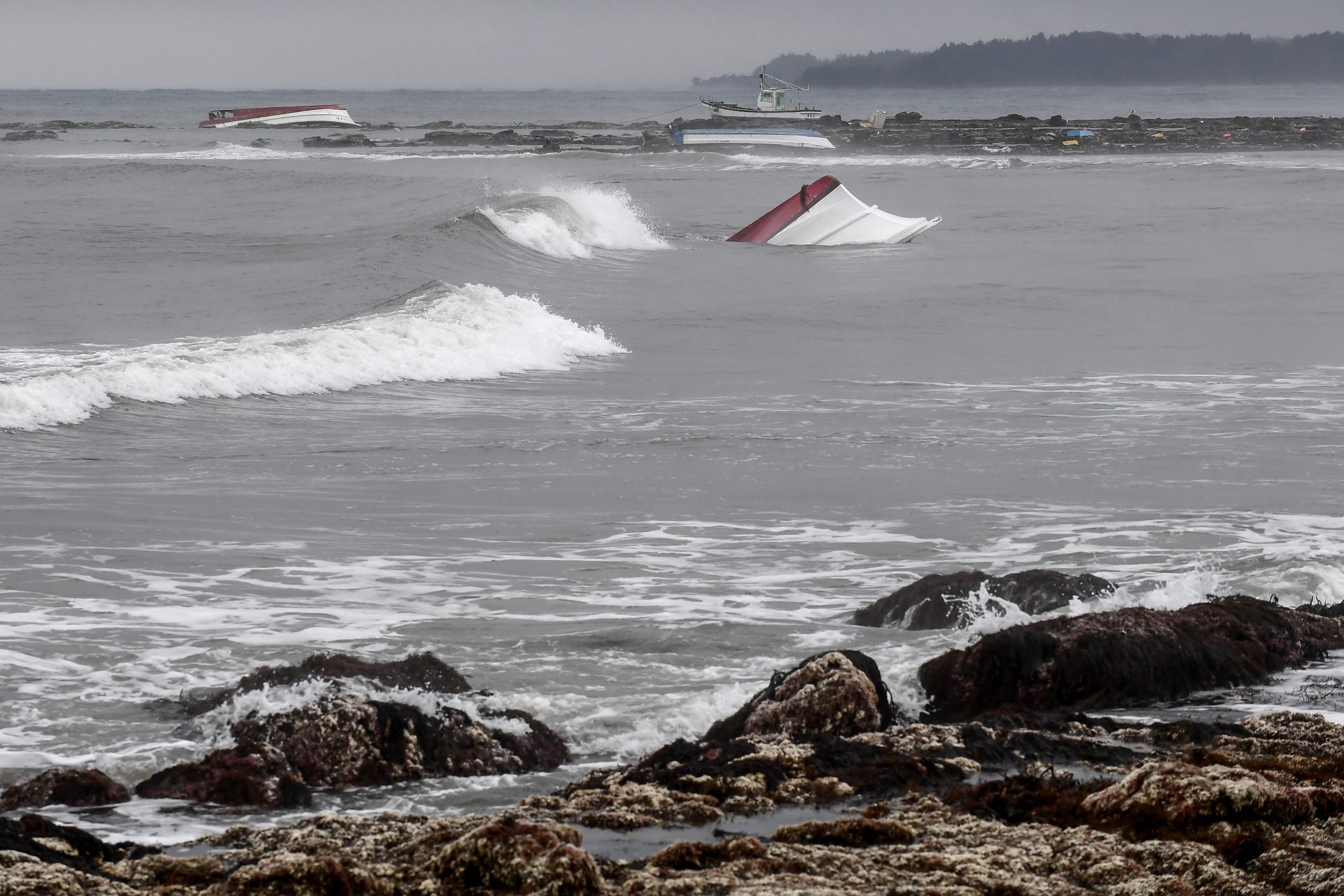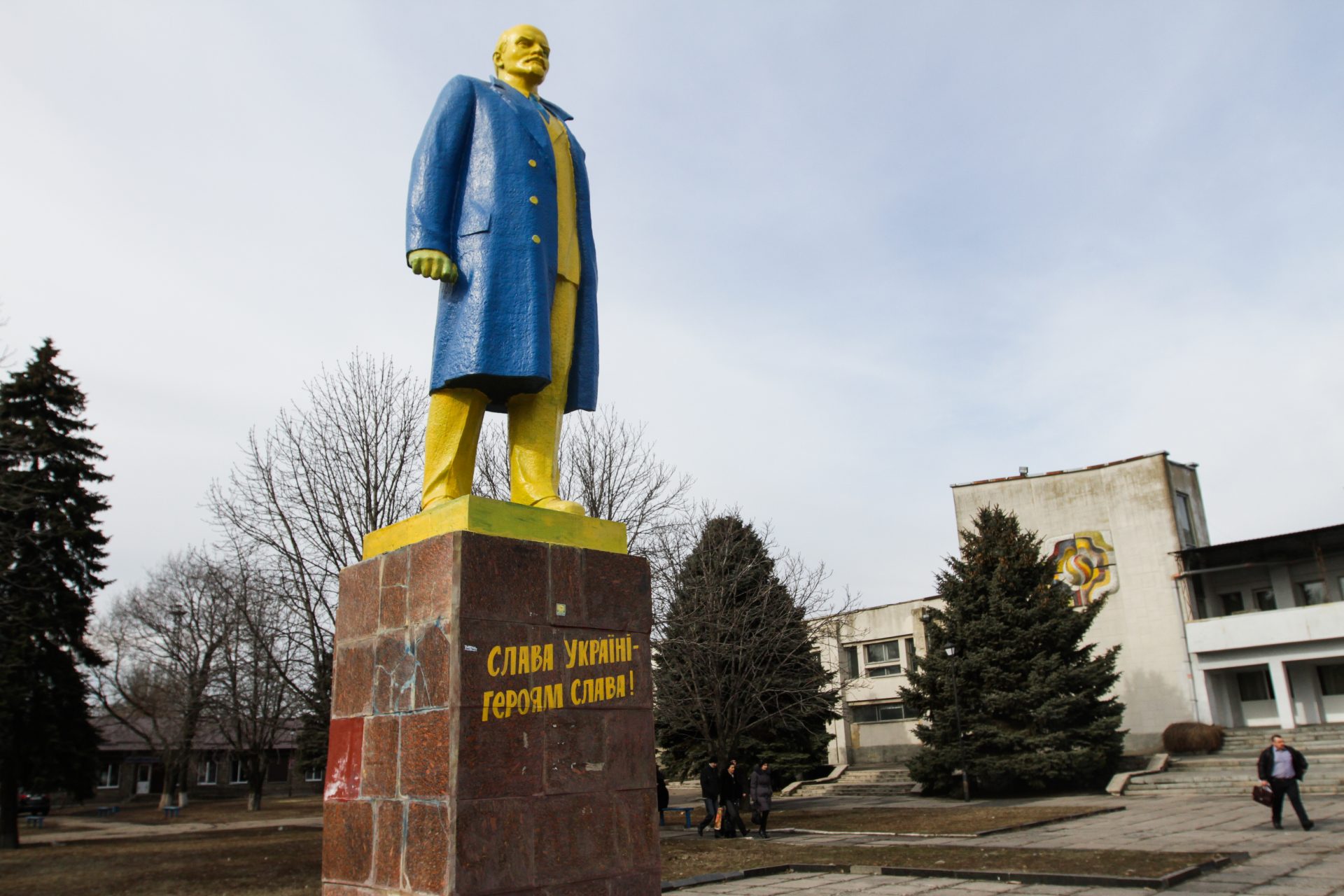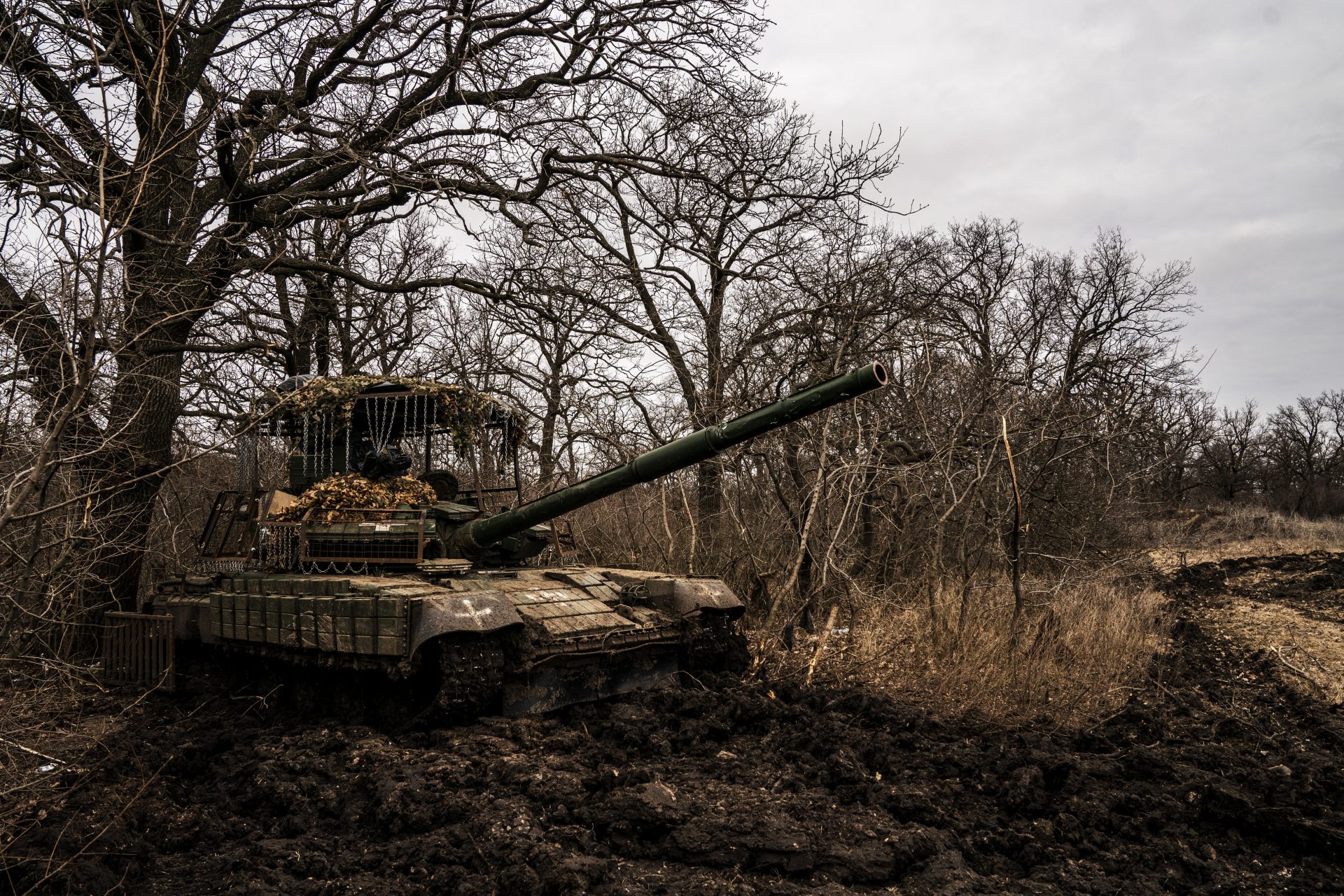Japan prepares for the threat of a megaquake
On August 8, 2024, a powerful 7.1 magnitude earthquake struck southern Japan, with its epicenter near Nichinan on the eastern coast of Kyushu. In light of the quake, Japanese researchers warned of the possibility of a "megaquake" and urged the country to prepare for an even more devastating event.
Although no significant damage has been reported, and warnings have been mostly lifted, Japan remains on high alert. The country continues to prepare for potential emergencies, highlighting its strong commitment to earthquake preparedness.
According to World Earthquakes Live, Japan is the country with the highest risk of earthquakes of magnitude greater than 6.5, with a Global Seismic Risk Index of 6.7404. This high level of risk is due to the country's location at the intersection of four tectonic plates, which generates intense seismic and volcanic activity in the region, according to an article published by the website Japonismo.
Located on the Pacific "Ring of Fire," a vast horseshoe-shaped region spanning some 40,000 kilometers, Japan is home to about 75 percent of the world's active volcanoes and is the source of about 90 percent of global earthquakes. This location constantly exposes it to the relentless force of nature, according to National Geographic.
This region is one of the most geologically active on the planet, notable for its subduction zones where tectonic plates collide, one sinking beneath the other, generating intense seismic and volcanic activity. Between these zones, the Nankai Trough stretches for 700 kilometers.
Photo: Wikipedia.org
In this case, the tectonic plate beneath the Philippine Sea is slowly moving beneath the continental plate supporting Japan, advancing several centimeters each year, according to a 2013 report by the government's Earthquake Investigation Committee.
“About 10% of earthquakes of magnitude 6 or higher occur in or around Japan, which implies a significantly higher risk compared to regions such as Europe or the eastern United States, where earthquakes are much less frequent,” explains Shoichi Yoshioka, a professor at Kobe University,
This is the first time the Japan Meteorological Agency (JMA) has used its new warning system, which was implemented after the devastating 2011 earthquake that triggered a deadly tsunami and nuclear catastrophe in Fukushima, causing an estimated 18,500 deaths. This magnitude 9 earthquake remains the last "mega earthquake" recorded in Japan.
The Japanese are exceptionally prepared for earthquakes. In fact, September 1 is dedicated to disaster prevention, known as Disaster Preparedness Day, in commemoration of the Great Kanto Earthquake of 1923, which caused more than 100,000 deaths in Tokyo and its surrounding areas.
In addition to constant seismic measurements (pictured), Japan has developed strategies to prevent earthquakes, such as building resilient infrastructure and educating the population. Since 2007, smartphones in Japan have had an early warning system that emits an alarm seconds before the tremor, allowing preventive measures to be taken.
Despite the warning, people remain on high alert across the country. In an article published by CNN, Yota Sugai, a 23-year-old student, said the television warning created a sense of urgency and fear, leading him to secure emergency supplies, monitor maps of risk zones and research how to help his relatives in coastal areas with evacuation plans.
"Every time, we witness the tragic loss of life, flattened buildings and tsunamis that cause devastation, and they leave a lasting impression of fear," said Yoshioka of Kobe University. "This fear is likely shared by many citizens. I think this contributes significantly to Japan being so prepared."
Sugai said the recent New Year's earthquake, which left hundreds dead on the Noto Peninsula, reminded him of the unpredictability and destructive power of nature.
According to the same source, another student, Mashiro Ogawa, 21, has prepared an "emergency kit" at home and urged his parents to do the same. He will also avoid beaches and rearrange his furniture for safety, noting that the seismic risk, once distant, now seems very real to him, reflecting the seriousness with which people in Japan face constant earthquakes.
According to Japanese government forecasts, there is a high probability of another magnitude 8-9 earthquake occurring within the next 30 years. The Nankai Trough has recorded large quakes every 100 to 200 years, with the last magnitude 8.1 quakes occurring in 1944 and 1946, causing at least 2,500 deaths and widespread devastation.
Robert Geller, a seismologist and professor emeritus at the University of Tokyo, expressed skepticism about the prediction of an earthquake in the Nankai Trough, calling it a "made-up construct" and a "purely hypothetical scenario." He argues that earthquakes do not follow predictable cycles and can occur at any time, questioning the validity of basing predictions on past events.
Although authorities issued an unprecedented warning after the quake, warning of the possibility of another significant event, Yoshioka said the probability of a Nankai Trough quake occurring immediately was still low, with an increased risk of less than 1%.
According to Thomas Lecocq, a "mega-quake" in the Nankai Trough off the southern coast of Japan could trigger tsunamis affecting numerous Pacific countries. Such events have the potential to cause flooding over large distances; for example, the 2011 tsunami in Japan reached as far away as Chile, and the 2004 earthquake in Indonesia caused deaths in Kenya, RTBF reports.
More for you
Top Stories



